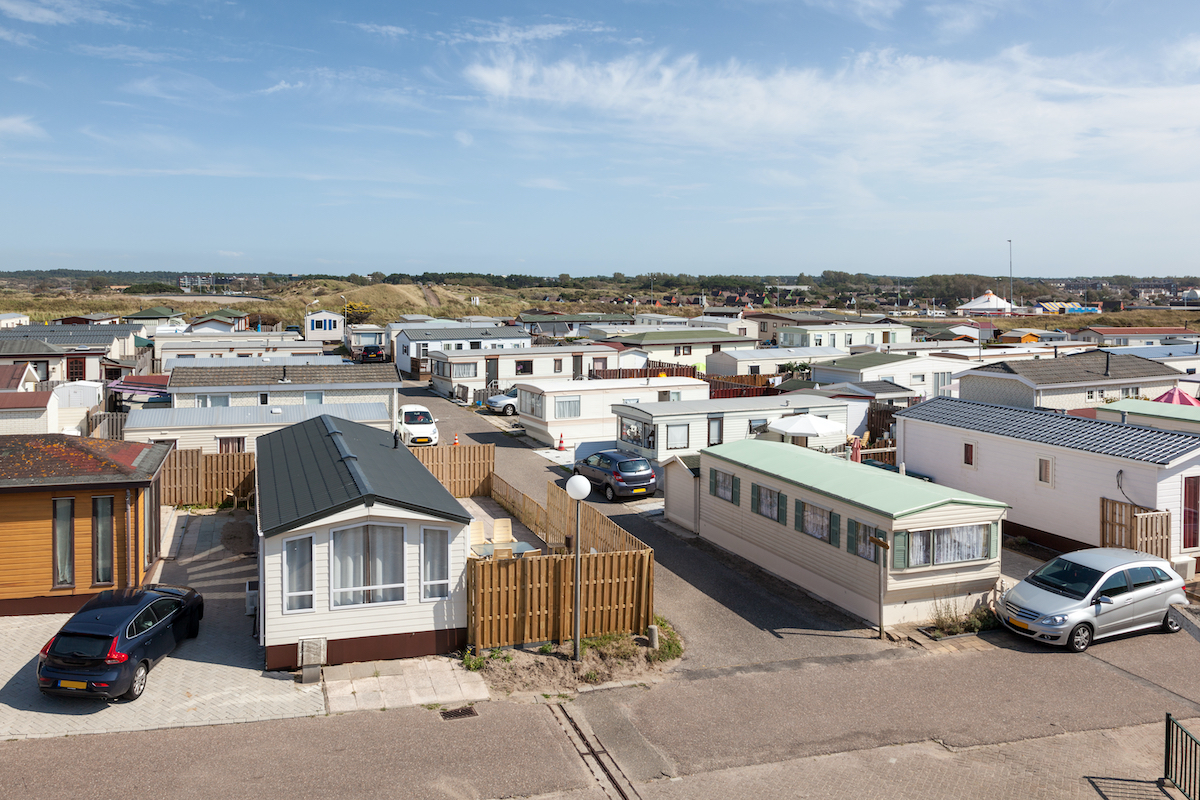Buying up holiday parks: CELTH, together with UPT Erasmus and NRIT, provides insight into size, impacts and instruments
Recently, there has been a lot of attention in the media and in politics for buying up campsites that are being converted into cottage parks. We see a lot of emotion among tenants of annual places who are in danger of losing their place of residence and residents who are concerned about building in the landscape.
But what do we actually know about this development? For example, how many holiday parks are we talking about and what are the driving factors behind buying them up? What impact does this have on the quality of the living environment and on tenants of annual places? And what instruments do governments have to influence this? CELTH conducted research into this together with UPT Erasmus and NRIT on behalf of the Ministries BZK and EZK.
A selection of the conclusions of our research
- The number of annual places has decreased by 5% in the past 20 years. A further decrease of about 5,000 annual places (4.2%) is to be expected. So there is a considerable acceleration, but this is certainly not only due to the purchase of parks.
- The transformation is fueled by succession problems of family businesses on the one hand and the interesting revenue model for developers (high return) on the other.
- Tenants are insufficiently aware of the (financial) risks they run and are often unable to find an alternative location in the event of termination. Expansion of tenancy law for the recreation market is disproportionate, but there are good alternative options for improving tenants' rights.
- Transformed parks are potentially more sustainable, but are also used more intensively, which means that the impact on nature and landscape varies. The spatial instruments offer good opportunities to counteract undesirable developments. The trick is to know and use those possibilities.
Knowing more?
Download here the research report and the letter in which Minister De Jonge responds to our conclusions and recommendations.



